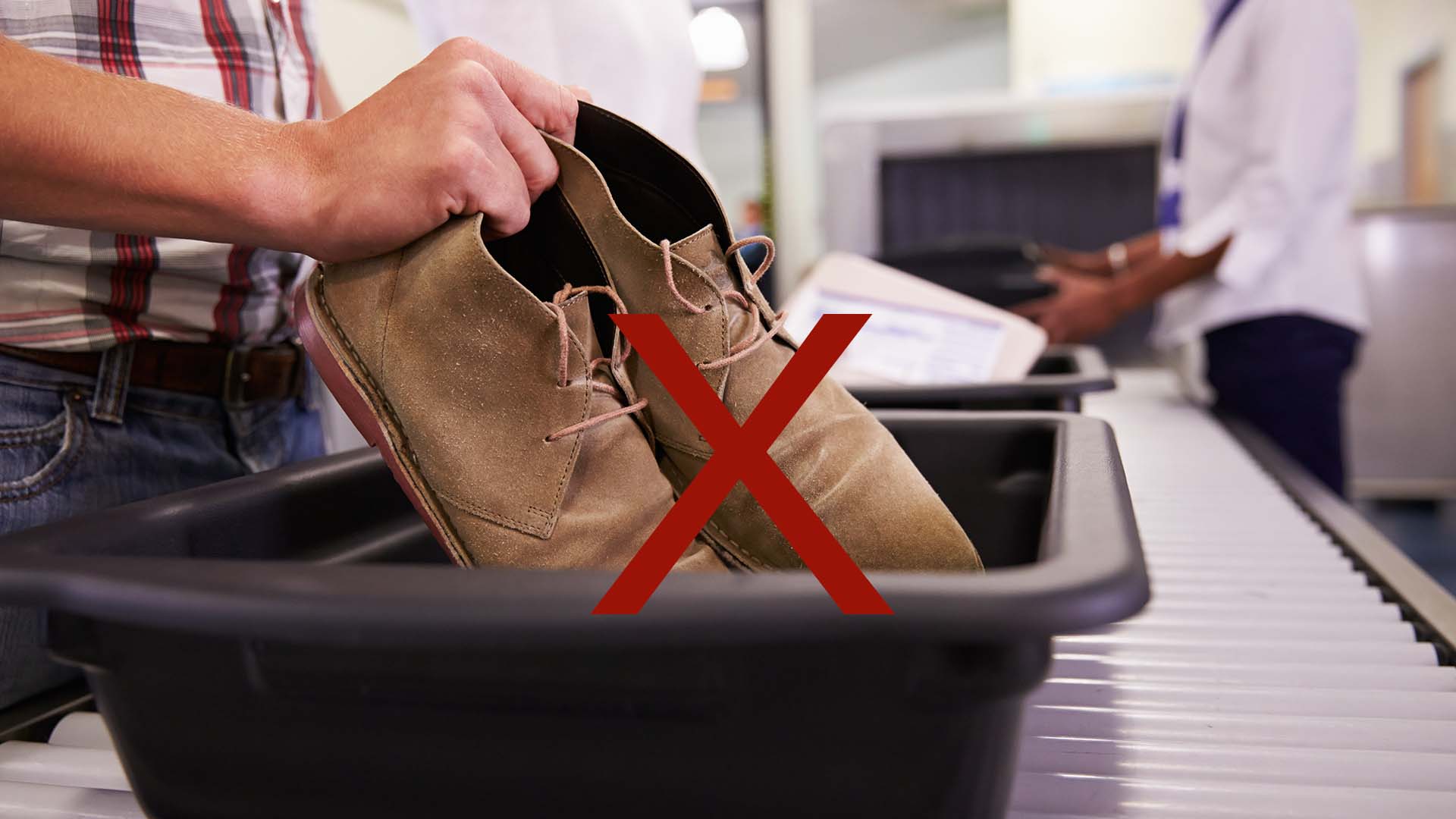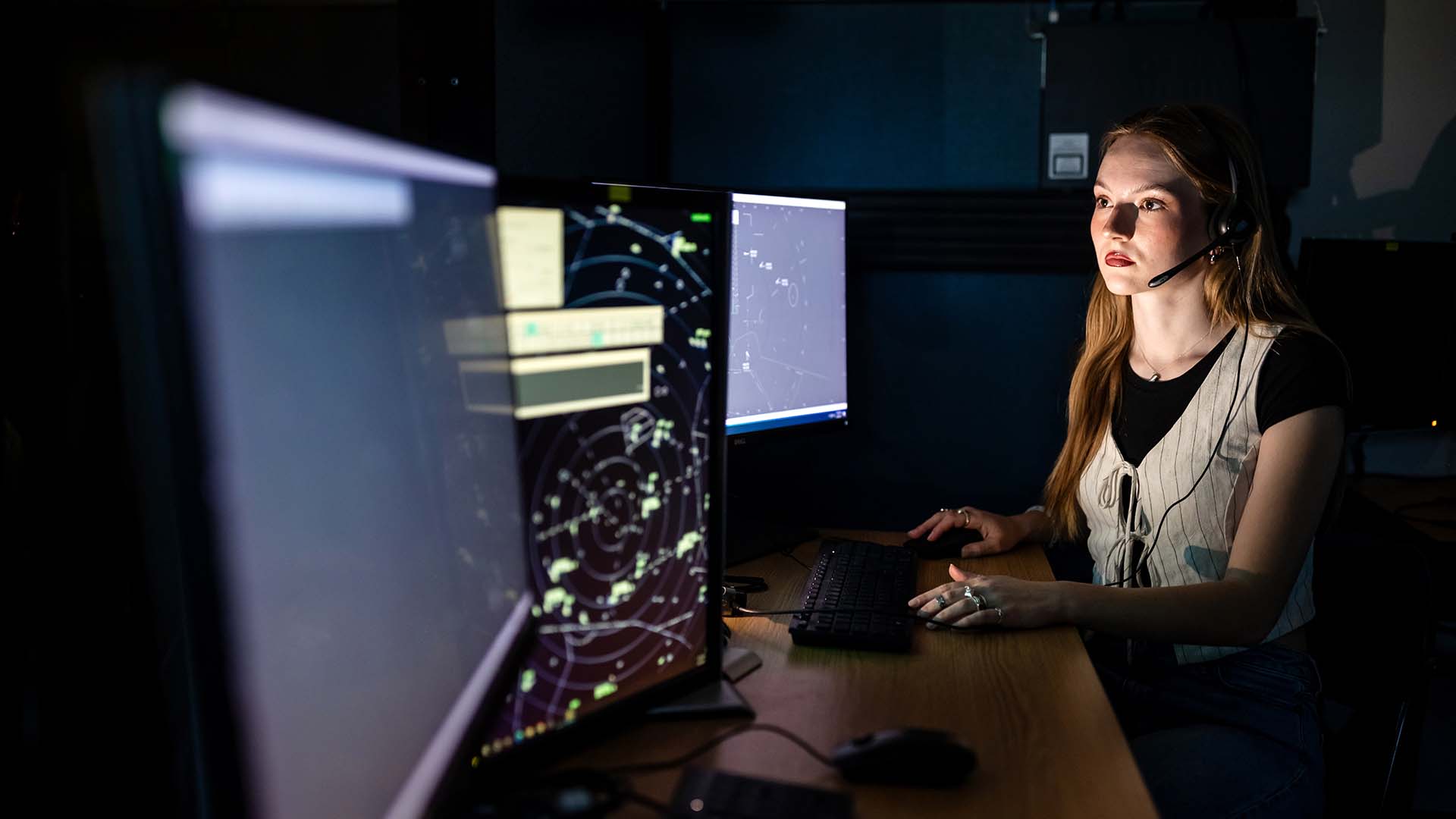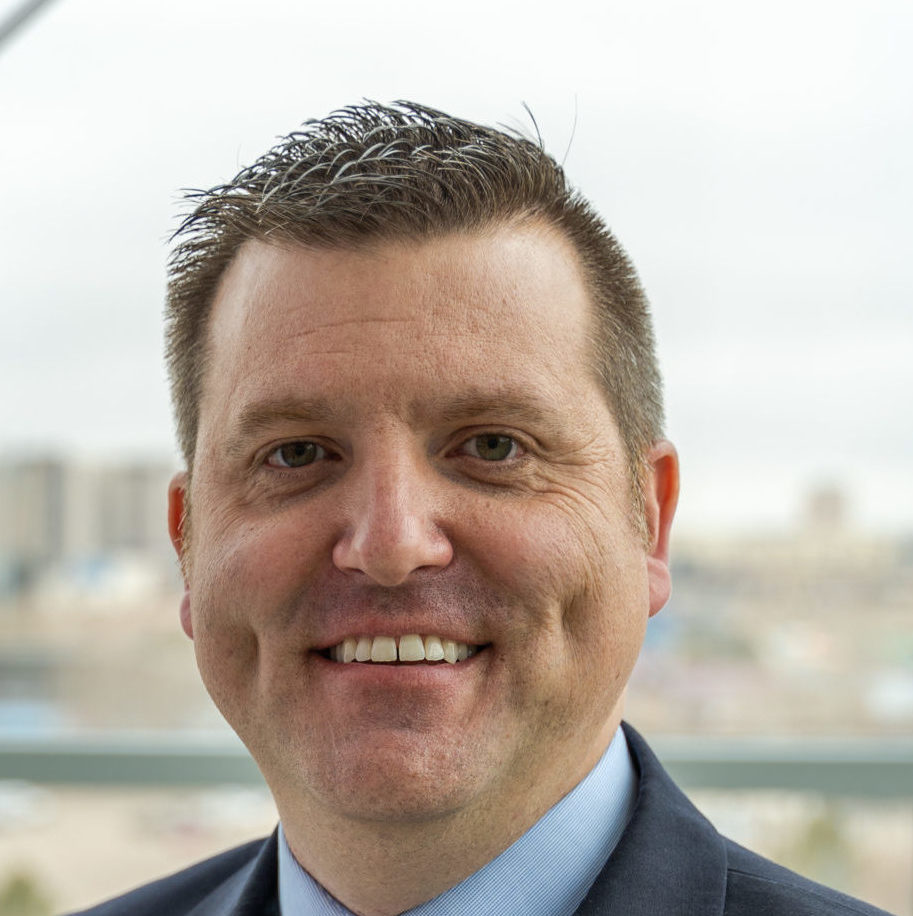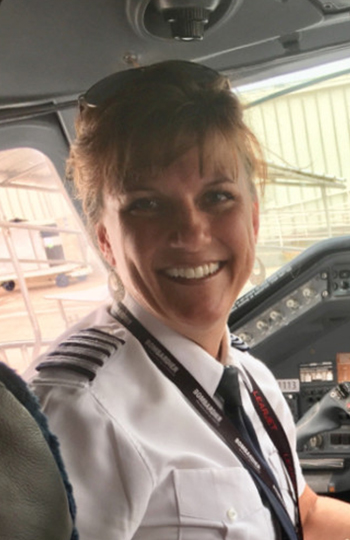Charged up
The next generation of aerospace engineers helps York Space Systems develop new satellite batteries
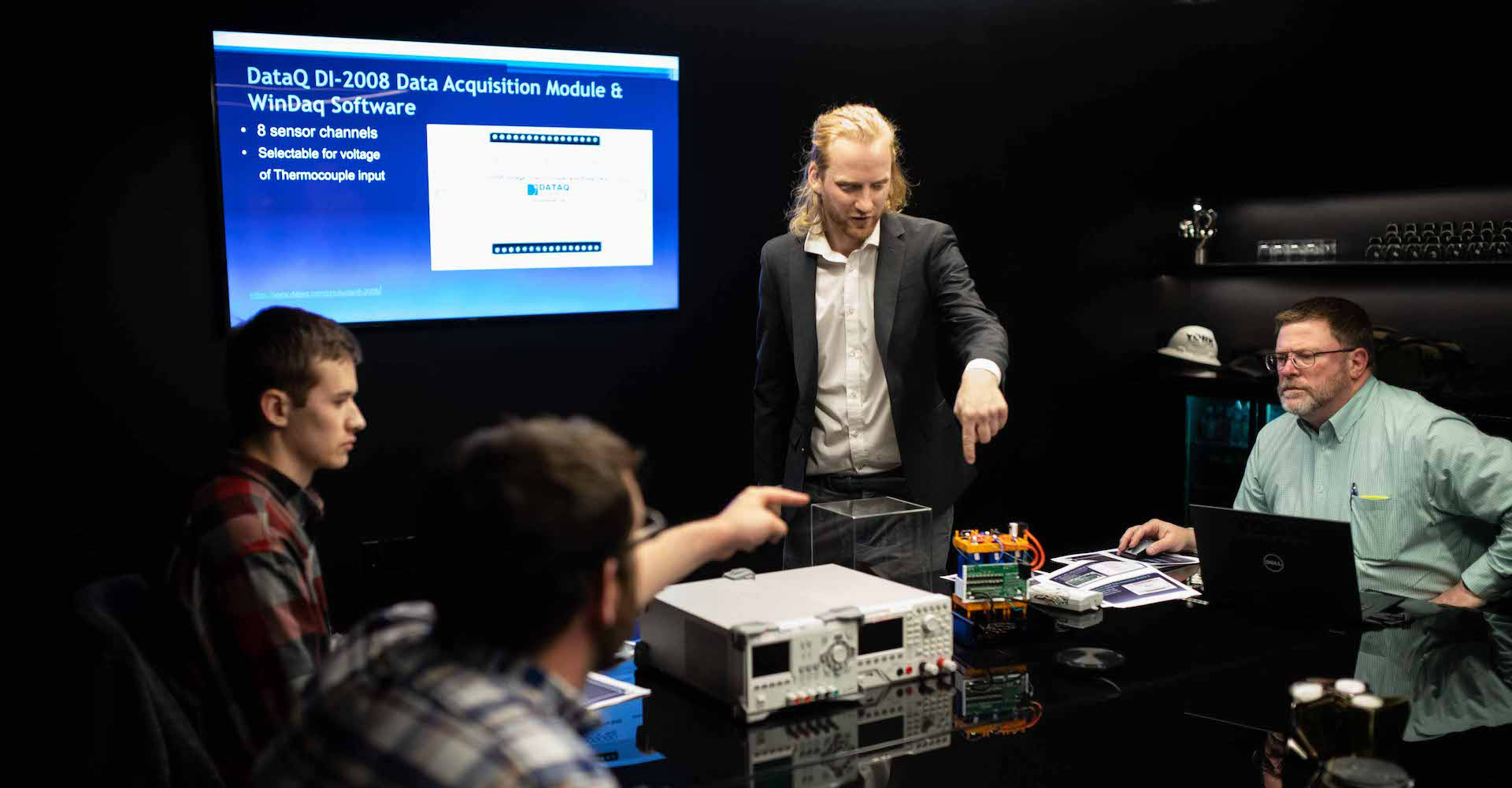
“Can I ask a question?” the CEO piped in from the far side of the boardroom. “You charged it all the way up and measured the voltage at 3.2?”
The question might have been asked in a meeting of any small aerospace company. A team of engineers needed to figure out whether the boss’ idea for bringing costs down would prove viable. In this case, could the company start building its own battery packs for small spacecraft from off-the-shelf parts?
This particular project, however, played out in a Metropolitan State University of Denver classroom. Yet the problem to be solved, the CEO and the boardroom were all real-world.
Confirming the capacity of individual 3.2-watt lithium-iron-phosphate battery cells, ordered off the internet, was the students’ first test.
“Yeah, to make sure the nominal voltage was what it said it was,” answered Andrew Sloan, a student in MSU Denver’s fall 2018 Introduction to Spacecraft Manufacturing course. “So we were, at that point, just trying to identify any defective cells.”

The concept for the class was launched when Dirk Wallinger, CEO of York Space Systems, suggested to MSU Denver’s Department of Aviation and Aerospace Science that students could help the company design lower-cost spacecraft batteries. Wallinger first thought it could be done as an independent-study project, but the department turned the idea into a class instead.
The York Space Systems team even recommended the battery cells that the students ultimately chose for their design. Testing of parts and processes and analyzing test results are inherent in engineers’ day-to-day jobs.
MSU Denver and York have been partners since 2017, when the company specializing in complete space-segment customer solutions and the manufacture of small and medium-class spacecraft established an innovative manufacturing facility in the University’s Aerospace and Engineering Sciences building.
Wallinger raised the idea because custom batteries ordered from a subcontractor can cost hundreds of thousands of dollars if they have to be designed and tested from scratch.
MSU Denver student Pete Hufford (pictured in the cover image) programmed the automated testing software that charged up and ran down the batteries and recorded the test data in the fall class. This semester, he moved directly into an internship at York, while the battery project continues with a new set of students.
Back in the boardroom, questioning heated up during the students’ final presentation summarizing the project.
Cells within the same battery pack needed to be as closely matched as possible in terms of performance. What did students find?

“The biggest fluctuations were in discharge time,” Sloan reported, “especially the average discharge time.”
The data he presented showed the average time it took – to the second – to fully run down a battery cell in a controlled situation.
“Question: When you were doing these tests, was there one testing station?” Aviation and Aerospace Science Chair Jeffrey Forrest, Ph.D., asked, jumping into the discussion.
“There were three,” Sloan replied.
“And were they identical, all three of ’em?”
“Yeah, they all three were identical.”
“And how did you treat the battery terminals before testing? Were all the terminals checked to see if they were exactly the same?” Forrest asked, referring to how the terminals themselves performed.
Sloan looked over to course instructor Randy Owen, M.S., who acknowledged the point: “That’d probably be a good suggestion to put that in the process.”
Lesson learned.

